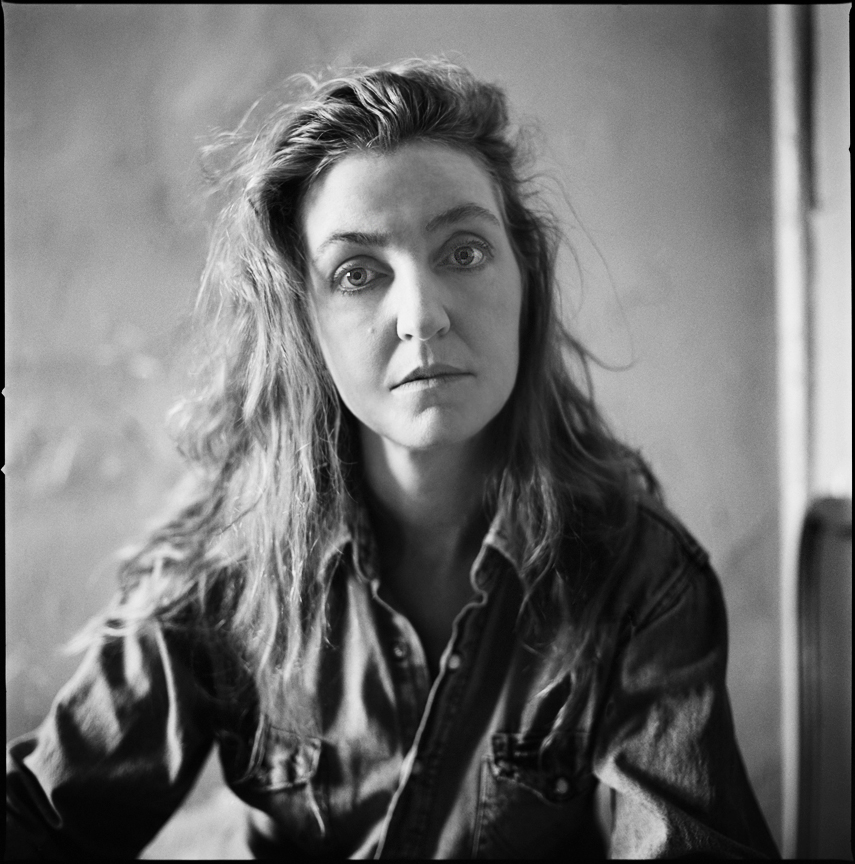Rebecca Solnit, an award-winning writer and “anti-memoirist,” grew up in Novato in the 1960s and 70s. She received a graduate degree in journalism . . .
Rebecca Solnit: The self as story


Rebecca Solnit, an award-winning writer and “anti-memoirist,” grew up in Novato in the 1960s and 70s. She received a graduate degree in journalism . . .